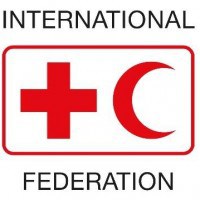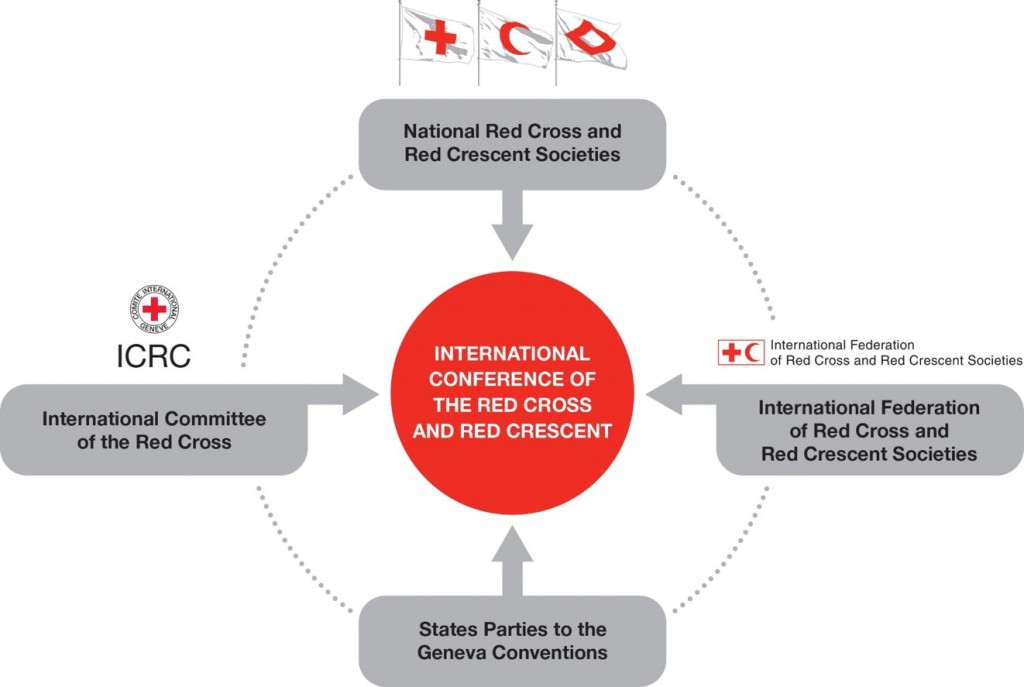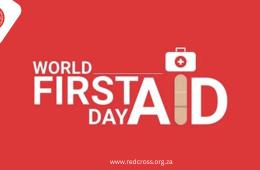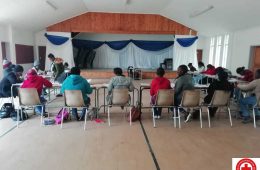
What is the International Conference?
n
n
n
 nn
nnn
n
n
n
n
How does it work?
nThe Conference meets, in principle, every four years. It takes decisions in the form of resolutions, each member having one independent vote (i.e., each State and each component of the Movement).nn
n
n
n
n
n
n
n
Members of the Conference
n
n
1) The International Red Cross and Red Crescent Movement
n
n
n
190 National Red Cross and Red Crescent Societies
nThe 190 National Red Cross and Red Crescent Societies are recognised and act as auxiliaries to their national authorities in the humanitarian field. They provide a range of services including disaster relief, and health and social programmes. In wartime they assist the civilian population and support the medical services of the armed forces.n
The International Committee of the Red Cross
nThe International Committee of the Red Cross (ICRC) is an impartial, neutral and independent organization whose exclusively humanitarian mission is to protect the lives and dignity of victims of armed conflict and other situations of violence and to provide them with assistance. The ICRC also endeavours to prevent suffering by promoting and strengthening humanitarian law and universal humanitarian principles.nnEstablished in 1863, the ICRC is at the origin of the Geneva Conventions and the International Red Cross and Red Crescent Movement. It directs and coordinates the international activities conducted by the Movement in armed conflicts and other situations of violence.n
The International Federation of Red Cross and Red Crescent Societies
nThe International Federation of Red Cross and Red Crescent Societies (International Federation, also referred to as IFRC) was founded in 1919. It is a membership organisation established by and comprised of National Societies.nnThe general objective of the International Federation is to inspire, encourage, facilitate and promote at all times all forms of humanitarian activities carried out by National Societies with a view to preventing and alleviating human suffering and thereby contributing to the maintenance and promotion of human dignity and peace in the world.nnIts strategic aims are to: Save lives, protect livelihoods, and strengthen recovery from disasters and crises; Enable healthy and safe living; and Promote social inclusion and a culture of non-violence and peace.n
2) States Parties to the Geneva Conventions
nSwitzerland, as depository State of the Geneva Conventions of 1949 and their Additional Protocols, maintains the list of the States Parties to the Geneva Conventions.nnThe Geneva Conventions and their Additional Protocols are at the core of international humanitarian law, the body of international law that regulates the conduct of armed conflict and seeks to limit its effects.nnThe protocols specifically protect people who are not taking part in the hostilities (civilians, health workers and aid workers) and those who are no longer participating in the hostilities, such as wounded, sick and shipwrecked soldiers and prisoners of war.nnThe Conventions and their Protocols call for measures to be taken to prevent or put an end to all breaches. They contain stringent rules to deal with what are known as “grave breaches”. Those responsible for grave breaches must be sought, tried or extradited, whatever nationality they may hold.n
Organization
nThe Standing Commission of the Red Cross and Red Crescent acts as the trustee of the International Conference between conferences. The International Conference is co-organised by the International Committee of the Red Cross and the International Federation of Red Cross and Red Crescent Societies.nnThe Swiss government appoints a Commissioner of the Conference, who is at the disposal of the Standing Commission and the co-organisers to support preparation of the Conference. The Commissioner contributes in particular to aspects of a political or strategic nature.nn
n
n
n
n



